As the days grow shorter and the nights stretch longer, the celebration of Samhain beckons on the 31st of October. This ancient Celtic festival, which marks the end of the harvest and the beginning of winter, is a time when the boundary between our world and the spirit world is believed to be at its thinnest.
It's a season for reflection, connection, and honouring those who came before us. Samhain reminds us of the continuity of life, the cycles of nature, and the enduring bond with our ancestors. Today, I want to explore a few simple practices for this time of the year, rooted in folklore and history.
Visiting Sacred Places
Oweynagat - the Cave of the Cats - is located in Rathcroghan, Ireland, and has been revered for centuries as one of Ireland’s most powerful portals to the Otherworld.
According to Irish mythology, Oweynagat is a gateway through which otherworldly beings, spirits, and creatures could cross into our world, particularly during Samhain when the veil is thin. The ancient Irish believed that this cave was an entrance to the sídhe (the fairy mounds) and the home of the Morrigan, the fearsome goddess of battle, fate, and transformation.
Oweynagat is also known for its connection to Queen Medb (Maeve), one of the most formidable figures in Irish mythology, who is said to have ruled from Rathcroghan and used the cave as a spiritual site. Some legends say she would enter the cave to commune with the Otherworld and draw power for her pursuits.
I visited Oweynagat cave last year and reflected on the stories, the spirits, and the beings that have come from this place. This cave has been a symbol of the thin veil for millennia, a reminder that the mysteries of the Otherworld are always just a step away.
Watch the video of my trip to Oweynagat here and the origins of Samhain from last year here. P.S. it may not be advised to travel here on Samhain itself!
Ancestor Reverence
As the veil is thin at this time of year, ancestor reverence is something that comes up time and time again in folkloric practice and historical evidence surrounding Samhain.
Recently, I had the chance to visit West Kennett Long Barrow and reflect on this—a Neolithic tomb nestled in the rolling hills of Wiltshire, England. Built around 3650 BC, this barrow is an ancient resting place.
As a site that likely served as both a tomb and a ceremonial site, West Kennett Long Barrow is an ideal place for considering those who have gone before. In ancient times, it is thought that these long barrows were used not just for burial but as places where communities could gather, offer respect to their forebears, and feel the closeness of their loved ones in the spirit world.
Standing there on the hillsides in the month of October, it was a reminder of all of the people who existed in order for me to be here, and how grateful I am to them.
Another tradition of Samhain is the Dumb Supper, a meal prepared and shared in silence to honor the spirits of loved ones who have passed. The idea is to create an intentional space where the living and the spirits can gather together, honoring the connection between worlds during this liminal time.
In a Dumb Supper, an empty place is set at the table for departed loved ones, inviting their presence and acknowledging their lasting influence. The meal often begins by placing small portions of each dish on the spirit's plate first, as an offering of respect and remembrance. Participants may then share their meal in silence, reflecting on memories, expressing gratitude, or simply holding the space for the presence of the unseen.
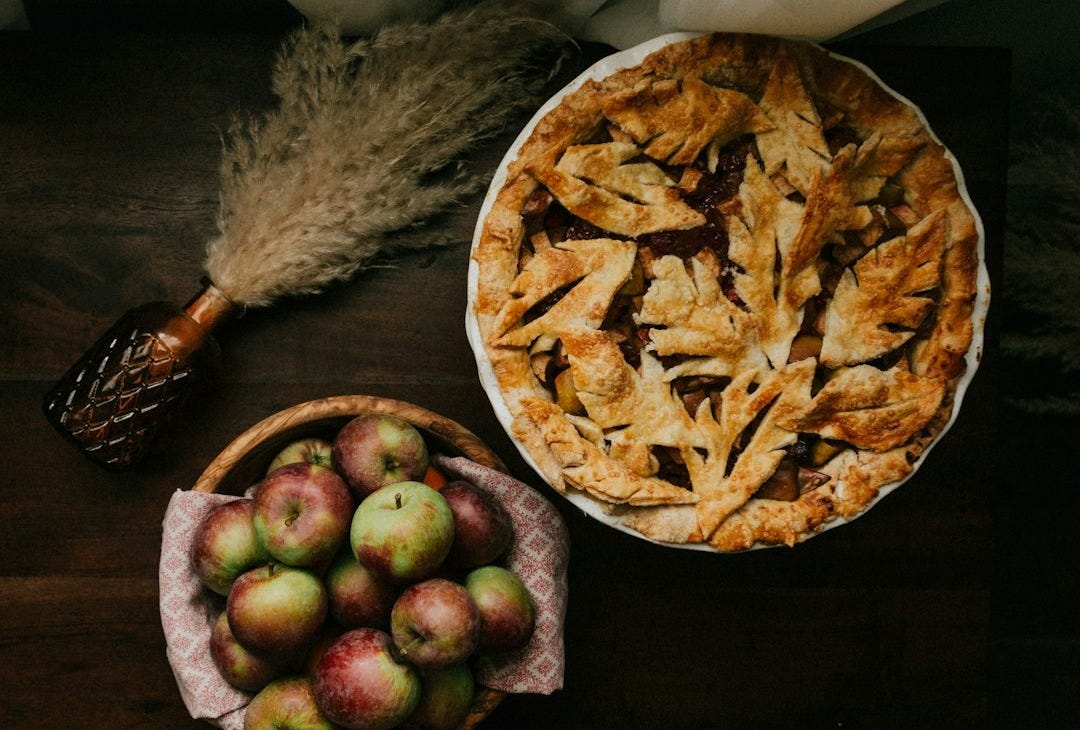
The Dumb Supper is a ritual of remembrance, a way to connect with those who’ve come before us. Observing it on Samhain, when the veil between worlds is thin, feels especially meaningful—a gentle reminder that we’re part of an unbroken lineage, stretching back through the ages.
Carving a Turnip Lantern
Halloween is now synonymous with pumpkin carving, and in fact, pumpkin-themed everything seems to be slowly taking over the world. But this year, I’m returning to an older tradition by carving a turnip lantern rather than the more modern pumpkin.
Irish immigrants brought this tradition over to America, where they soon realised that pumpkins were a whole lot easier to carve. The tradition of carving Jack-o’-lanterns originates with the Irish folktale of Stingy Jack.
The story goes that Jack was a clever but miserly man who tricked the Devil not once, but twice. First, he convinced the Devil to turn into a coin to pay for his drink at the pub. But instead of using the coin, Jack slipped it into his pocket, trapping the Devil against a silver cross. Jack released him only after the Devil promised not to claim his soul. Later, Jack tricked the Devil again by convincing him to climb a tree and trapping him with another cross.
When Jack eventually passed away, neither heaven nor hell would take him. The Devil, out of spite, sent Jack away with only a burning ember to light his way. Jack hollowed out a turnip, placed the ember inside, and became known as "Jack of the Lantern," or Jack-o'-Lantern.
Carving your own turnip today connects you to that older tradition, and I love the rustic, slightly eerie look of a turnip lantern glowing on a chilly autumn night. I will say, that carving a turnip takes significantly more effort and time that a pumpkin, so be warned if you attempt it!
Soul Cakes and Guising
Another ancient Samhain tradition is the baking of soul cakes. Soul cakes are small, spiced cakes, often filled with currants, raisins, or other dried fruits. Traditionally, they were baked to honour the dead, and people would go door-to-door “souling,” or begging for these cakes in exchange for prayers for the souls of the departed. This practice, which dates back to at least the Middle Ages, was a way for communities to remember the dead and help them find peace.
To make these cakes myself, I use flour, butter, sugar, spices like cinnamon and nutmeg, and omit the raisins in place of nuts as I am not a fan of dried fruit! Once baked, each soul cake is marked with a cross to symbolise remembrance.
Closely linked to the tradition of souling is the custom of guising. At Samhain, people would dress in costumes and masks, often representing spirits or ancestors. This served both as a way to honour the dead and as a means of protection; by disguising oneself, you could avoid being recognised by wandering spirits.
This evolved into guising, where children would go door-to-door in costume, offering songs, poems, or jokes in exchange for treats. When immigrants brought these customs to America, they evolved into the Halloween tradition of trick-or-treating that we know today.
Reflecting on the Season
Samhain has become my time for reflection, honouring the past, and reconnecting with the cycles of life. Visiting West Kennett Long Barrow and even carving a turnip or baking soul cakes reminds me of the importance of honoring our ancestors and feeling gratitude for the cycle of life.
So, as the darkness deepens and the nights grow longer, I’ll light my turnip lantern, share a meal with my ancestors, and remember that they, too, walked this earth. I encourage you to find your own ways to honor this season, whether it’s by baking, lighting a candle, or telling the tale of Stingy Jack around a cosy fire.
Want more ideas? Check out this other video I made 2 years ago with simple ways to celebrate.





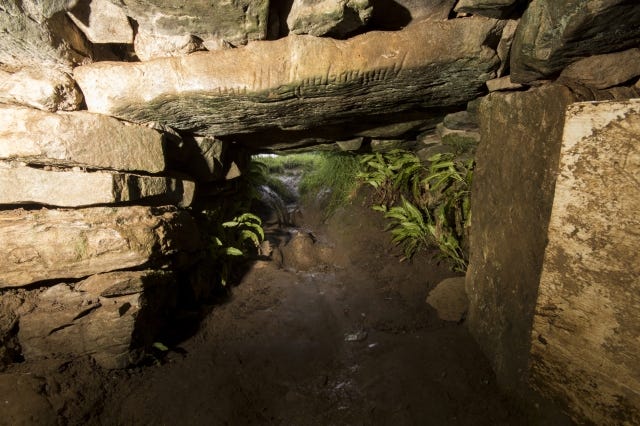
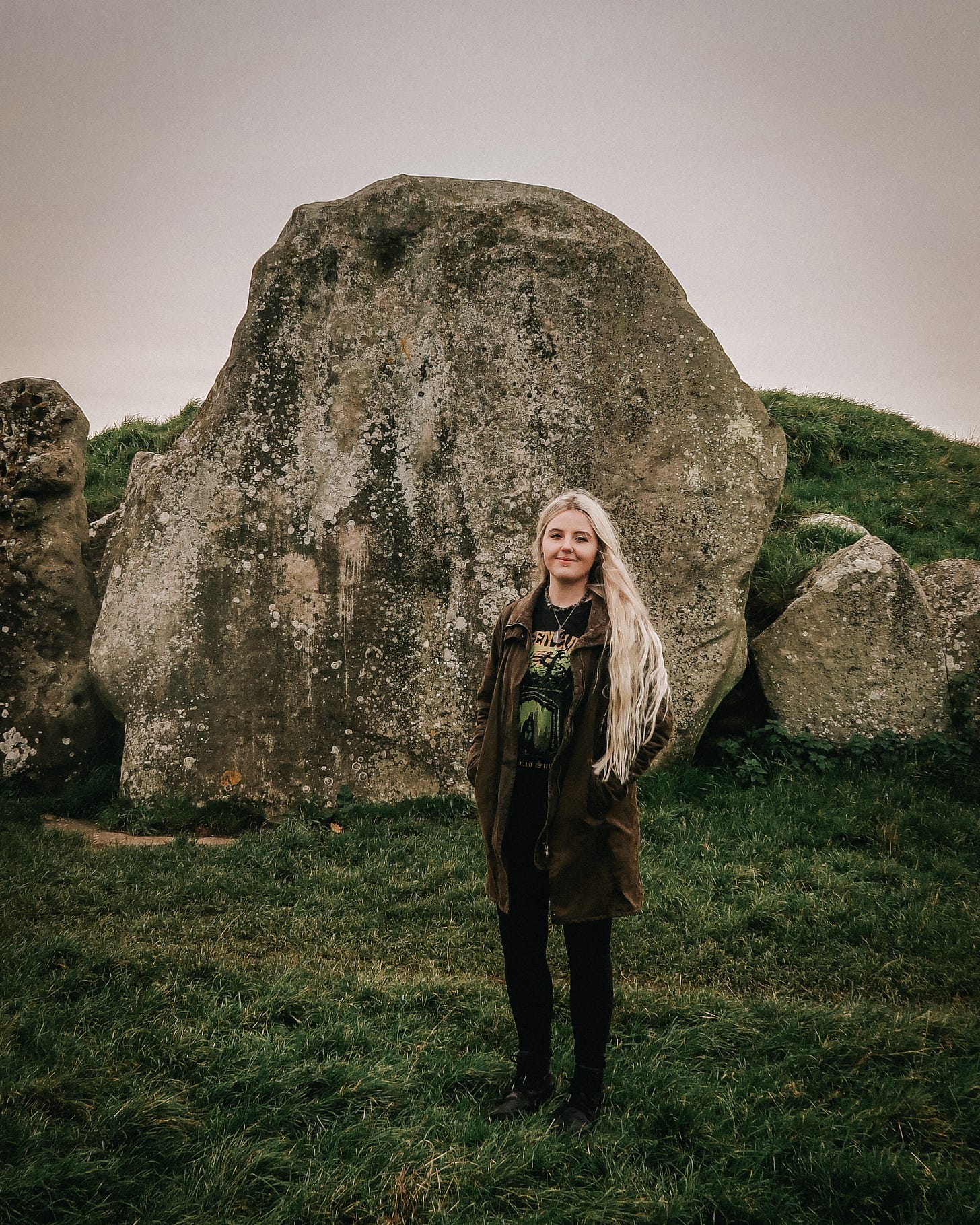

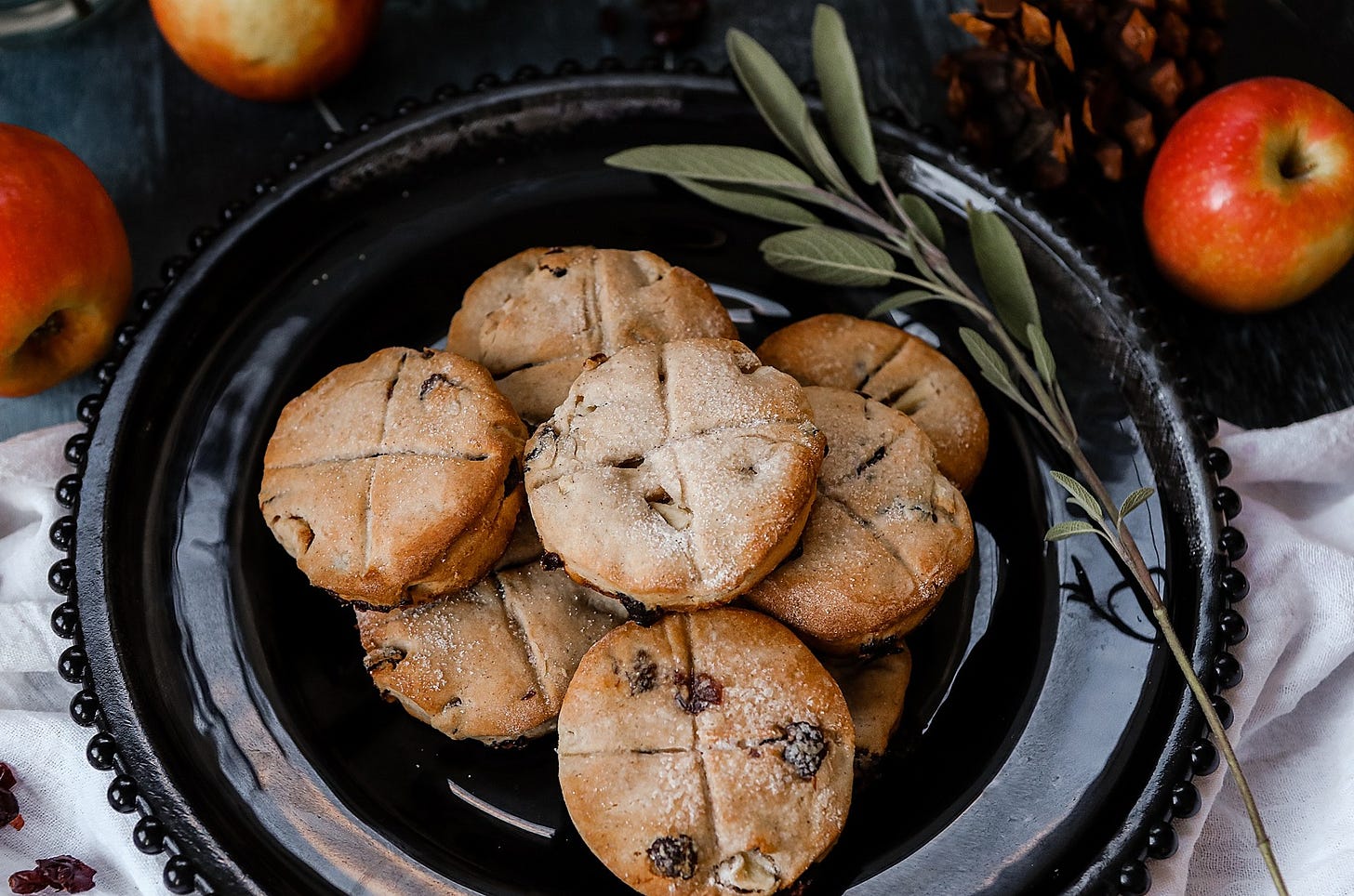
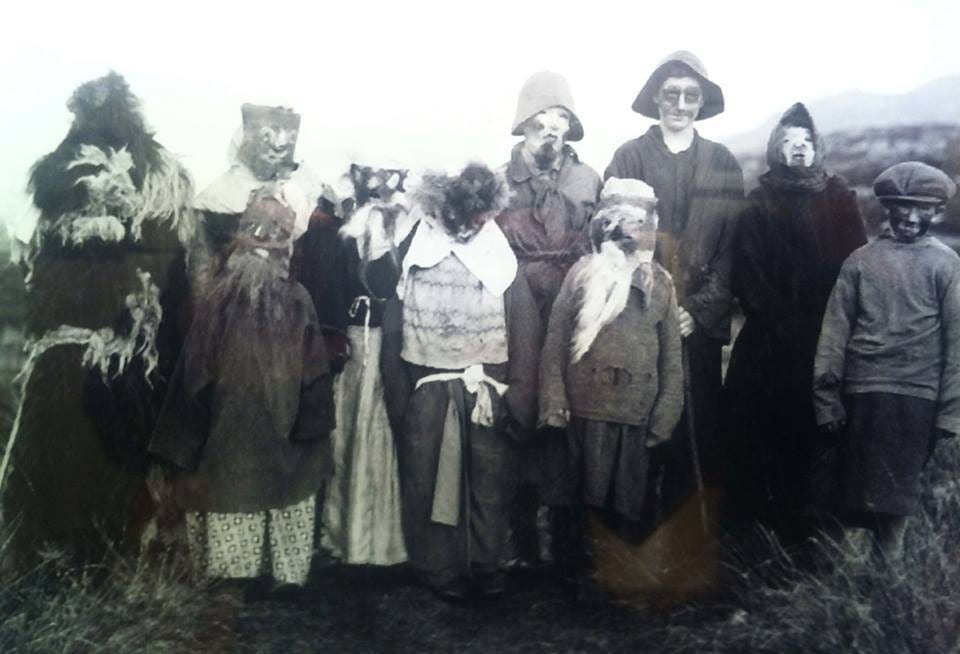
Thank you for sharing these traditions! There was a lot here I wasn’t familiar with. I love the idea of sharing a meal with our ancestors during this time.